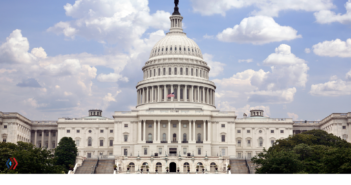During the COVID-19 pandemic, providers were granted a number of flexibilities and coverage expansions to ensure patients had access to care without increasing their COVID-19 exposure risk. One of the flexibilities granted was coverage of audio-only telehealth visits. Now, as the conversation moves toward what pandemic telehealth expansions should be kept and what should be tossed, a recent Health Affairs article provides some insight on why audio-only visits may not be the best path forward. The article Rethinking the Impact of Audio-Only Visits on Health Equity, notes that while audio-only visits were initially widely supported as a means of ensuring access for rural and low-income communities with limited broadband access, it is now clear that audio-only has certain drawbacks that may impede care. For example, some physicians reported that audio-only visits were not as effective as providers missed visual cues and struggled to develop rapport with patients. While Medicare reported that during the spring of 2020 one in three telehealth visits was an audio-only visit, the article also noted that audio-only may not have been necessary in all of these cases. A separate study by Medicare found that 66 percent of Medicare beneficiaries who were offered an audio-only visit had access to the internet and electronic devices that could have been used for an audio-visual visit. Ultimately, the article urges future reform to consider how policies can be revised to address the underlying social determinants of health that lead to inability to access healthcare rather than simply expanding the use of audio-only telehealth visits. The full article can be found here.
For more information on telehealth expansion in 2022 please see Aimed Alliance’s Telehealth in a Post-Pandemic World and our Telehealth Policy Recommendations.
Last Updated on December 29, 2021 by Aimed Alliance



